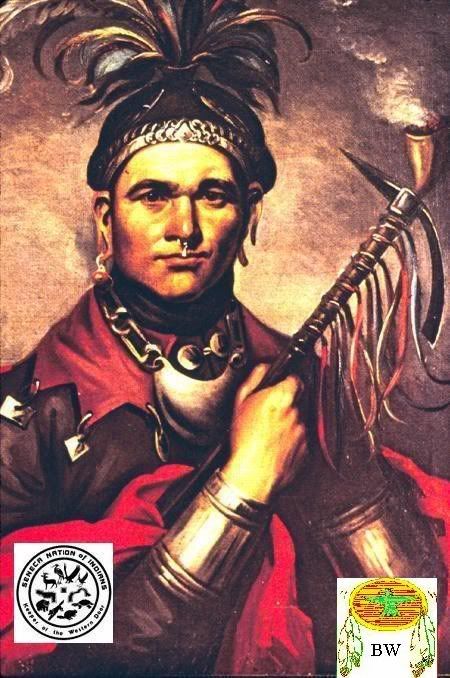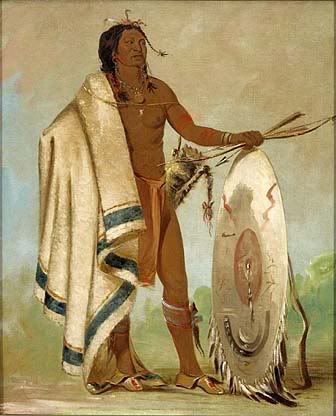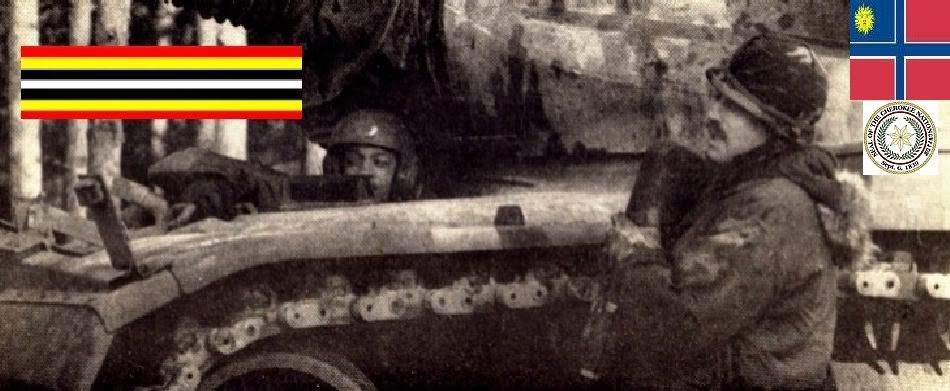|

Warriors Citation
Chief Cornplanter
Chief Cornplanter, or "the corn planter" to the Senecas, was born in the little town of Conewaugus on the Genessee River in
New York state. Although the exact date of his birth is not known, it was somewhere between the years 1732 and 1740. Cornplanter
was a half breed, the son of a white man and an Native American royaneh, a memeber of a Seneca noble family and a hereditary
matron of the Wolf clan. There has always been some question as to whether his father was an Englishman, John O'Bail, or a
Dutch trader, John O'beel or Abeel. It is most probable that the latter is correct. At any rate, his father hailed from the
Mohawk Valley. Cornplanter's English name came down as John O'Bail.

He was the earliest settler in Warren County, Pennsylvania, and a contemporary of George Washington. They became close friends
during the Revolutionary War. Cornplanter was often referred to as one of the most valiant warriors of his tribe, of superior
sagacity and eloquence. He first fought with the British during the war as chief of the Seneca Nation, but when his people
were deserted by their British allies he took part in Native American treaties with the American government. For his help
during the ensuing Indian war he was given land in several locations. In 1789 the recommendation was made that Chief Cornplanter
be given a grant of 1500 acres of land in western Pennsylvania. By act of the Pennsylvania assembly passed February 1, 1791,
he was granted lands for which the patents were issued March 16, 1796. The final gift, an area of about 700 acres, was the
Cornplanter Grant, located in Warren County about three miles below the southern boundary of New York state. There were three
separate units in this grant, Planter's Field and the town of Jennesedaga on the mainland along the Allegheny River, and two
adjacent islands, Liberality and Donation. This land was a partial recognition to Cornplanter for his services to the state,
and he settled on the grant with his family, remaining there until his death in 1836. Chief Cornplanter was awarded the distinction
of a biography in the Encyclopedia Britanica as one of Warren County's two most famous men. In the summer of 1779, Brant along
with Butler's Rangers, units of the British Army from Ft. Niagara, and war parties from the Seneca, Mohawk, Onondaga, and
Mingos attempted to stop the rebel Brigadier General Sullivan. Sullivan had been sent to destroy Iroquois villages by General
Washington as reprisal for Native American and Loyalist raids. Unable to stop this army of 5000 men Brant, Old Smoke, Corn
Planter and Lt. Colonel John Butler fought a desperate delaying action in order to allow the escape of many refugees, both
Native and non-Native. From: historical accounts & records


LINK TO BRAVEHORSE WARRIORS VOLUME TWO
|

